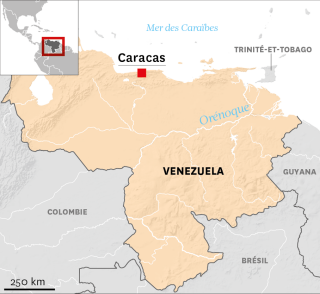These gigantic engraved snakes which marked the borders in South America
For centuries, great mystery has surrounded the supposed existence of immense carvings depicting mainly snakes, but also other animals, human figures and geometric patterns, around the Orinoco River, which flows through today’s Venezuela and runs along Colombia. Only testimonies from travelers from the 18the century and oral histories mentioned them.
Five field expeditions – the first took place in 2015 – confirmed their existence. Archaeologists today hypothesize that these petroglyphs, the name given to symbolic drawings engraved on natural rock, were used to mark the borders of territories. This discovery is detailed in a scientific article published in Antiquity.
The settlement of the Orinoco region dates back more than 9,200 years. Different indigenous groups “used the river as a trade route”, noted Science in a general public article. The American magazine specifies that “when the first Spanish missionaries arrived, in the 14the century, at least seven groups traded, intermarried, established alliances, but also fought wars.
Drawings visible from the river
During their expeditions, archaeologists identified 157 areas of pre-Columbian art where the rock was probably engraved a thousand years ago. For 13 of them, the petroglyphs are monumental: they measure more than 4 meters in length and up to 46 meters for the largest.
Most frequently depicted in engravings, giant snakes were central animals, guardians of rivers and the Milky Way in the myths of the indigenous populations of South America. According to researchers who analyzed the landscape and reconstructed that of the past, they “would have been visible from other hills and from the river”, underlines Science. Hence the hypothesis that they would have served as geographical markers to demarcate territories.





